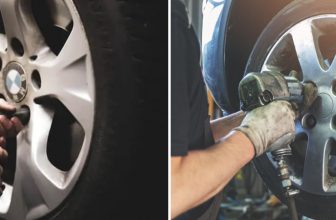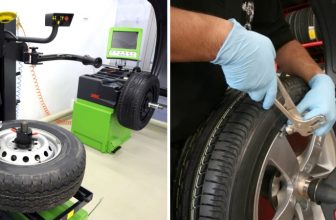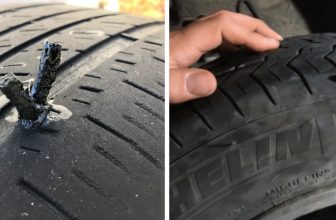How to Balance Tires Yourself
Do you know what it feels like to be driving down the highway with your car shaking, bouncing, and wobbling from one side of the road to the other? It is an uncomfortable experience as not only does it make for a bumpy ride, but it can also be dangerous for yourself and those around you.
The problem may lie in your tires being out of balance – a surprisingly common issue that can easily be taken care of with just a few simple tools. If you’re looking to save money by avoiding mechanic fees and learning how to maintain your vehicle on your own then this guide will show you exactly how to balance tires yourself!
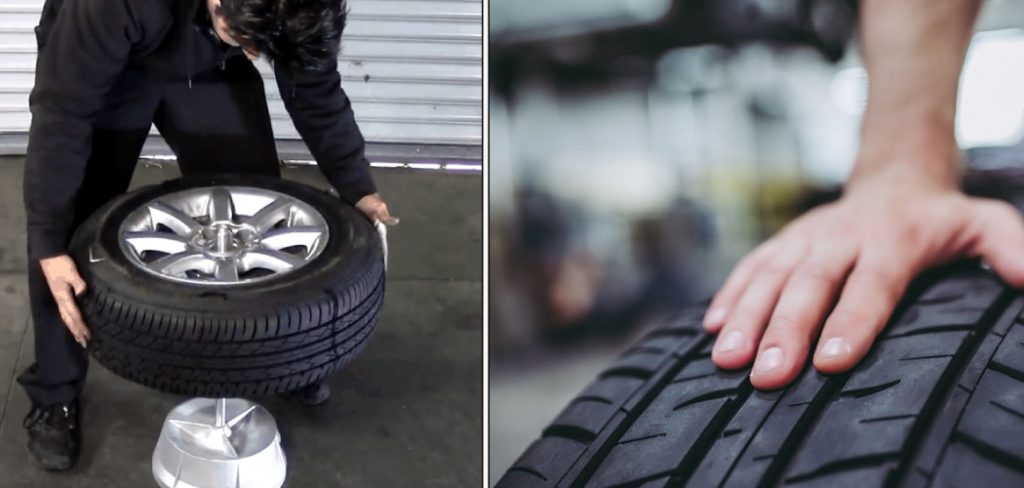
Tools and Materials You Will Need to Balance Tires Yourself
- Tire Iron
- Jack
- Balancing Machine
- Wheel Weights
- Valve Stem Cap
Step-by-Step Guidelines on How to Balance Tires Yourself
Step 1: Lift the Car with a Jack and Secure It in Place
Using your jack, lift up the corner of your vehicle that contains the tire you need to balance. Make sure to secure it in a safe and stable position. While lifting your car, be sure to use caution and ensure that you are using the correct size of jack for your vehicle and secure it properly in place.
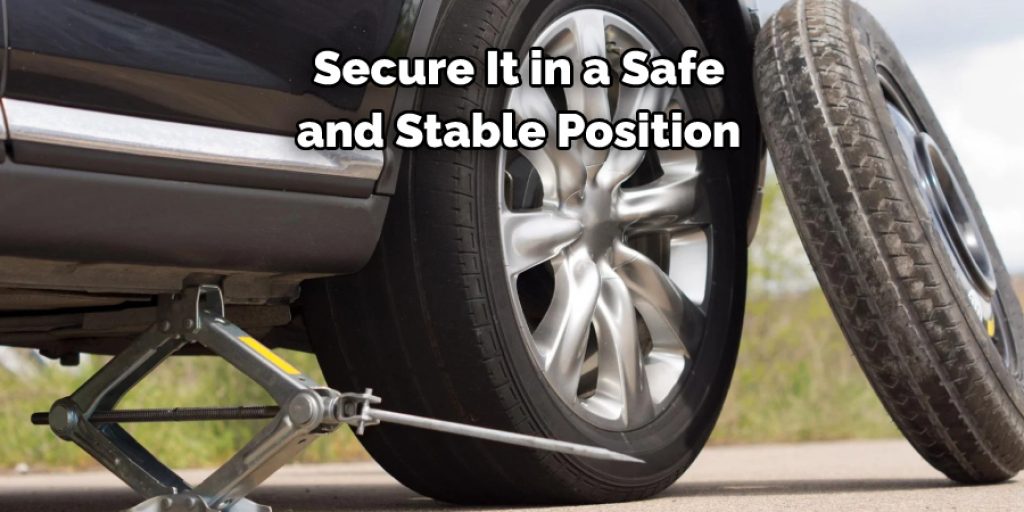
Step 2: Remove the Tire from the Vehicle
Using your tire iron, loosen and remove the lug nuts that secure the wheel to your car and pull it off. Make sure that you keep track of these lug nuts – they will need to be put back on when you are done balancing your tire. During this step, be sure to handle the tire with caution and keep in mind that it may contain sharp or abrasive edges.
Step 3: Place the Tire on the Balancing Machine and Install the Weights
Once you have your tire removed from your vehicle, it is time to place it on the balancing machine. A wheel weight kit that includes adhesive weights and a valve stem cap can be used to help balance the tire. The wheel weights should be placed on the outer rim of the tire in an alternating pattern (one near the valve stem, then one near 12 o’clock). The valve stem cap should also be installed at this time.
Step 4: Recheck the Balance
Once you have installed the wheel weights and valve stem cap on your tire, it’s time to recheck the balance. Place the tire back onto the balancing machine and let it spin in order to determine whether or not the weight is evenly distributed. If necessary, adjust the position of the weights until an even balance is achieved.
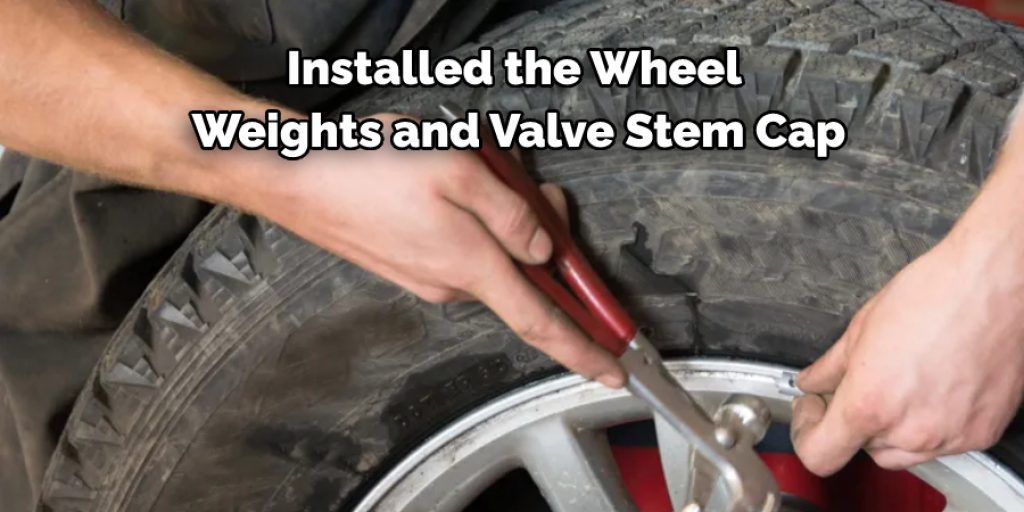
Step 5: Reinstall the Tire onto Your Vehicle
Once you have balanced your tire, it is time to reinstall it onto your car. Make sure that the lug nuts are securely tightened before driving off. Additionally, be sure to check periodically for any signs of wear or unevenness in your tires – this will help to ensure that your tires are properly balanced and safe for driving.
Congratulations! You have successfully balanced your tire without the help of a mechanic. This skill can be used in a variety of DIY projects, so practice it frequently, and don’t be afraid to experiment with different weight placements or combinations. Have fun and happy balancing!
Additional Tips and Tricks to Balance Tires Yourself:
1. Make sure the tire is properly inflated to its recommended pressure before attempting to balance it. This will help ensure a more accurate balance job since tires naturally lose air over time, which can affect how precariously they sit on the rim.
2. Always use a quality tire balancing compound when adding weight to the wheel. This will help the weight stick better to the wheel and reduce any excessive vibrations.
3. When using a manual tire balancer, be mindful of how much pressure you apply while spinning the tire. Too much force can cause an inaccurate reading and may even cause damage to the wheel rim or tire itself.
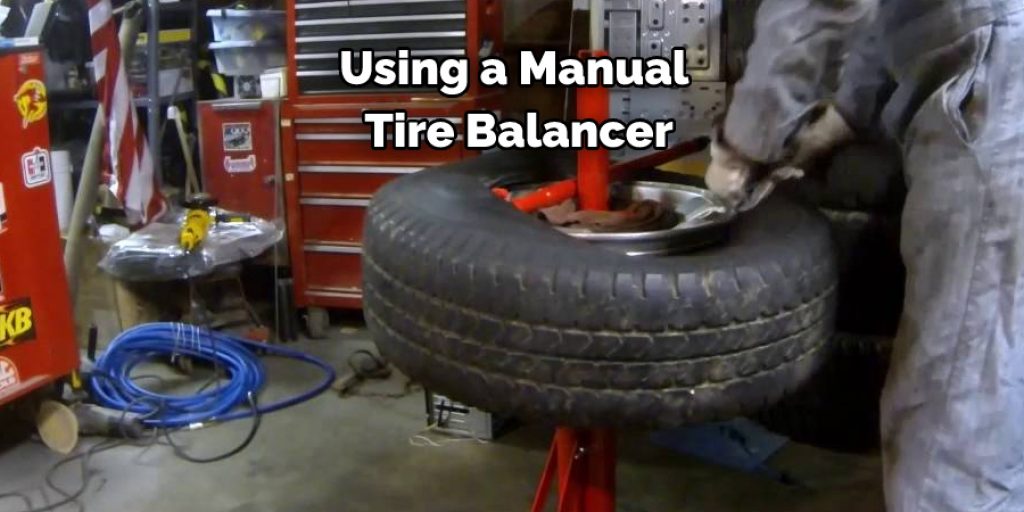
4. If you are having difficulty balancing a particular tire, consider taking it to a professional who will be able to correctly diagnose the issue and make the appropriate adjustments.
5. Lastly, remember to always keep your tires balanced regularly. This ensures not only a smoother ride but also helps prolong their lifespan as well as improve fuel efficiency. Taking care of your tires is an important part of vehicle maintenance and should not be overlooked.
Following these tips and tricks will help you balance tires yourself more effectively and efficiently, so you can get back on the road quickly! Good luck!
Common Mistake on Balancing Tires Yourself
1. Not placing the tire on the balancer properly. When balancing a tire, you should make sure it is mounted correctly and securely onto the balancer so that it won’t move around when being spun.
2. Not securing the wheel weights in place properly. Wheel weights must be securely tightened with a hammer or other means to ensure they don’t come off during the balancing process.
3. Not using the right equipment or not understanding how to use it properly. Balancing tires requires specialized tools and knowledge, so be sure to research the best balance machine for your needs and practice on scrap tires before attempting to balance a real tire.
4. Not removing any dirt or debris from the wheel before balancing. Dirt and debris can cause uneven balance, so it’s important to make sure the wheel is clean and free of any obstructions before you start.
5. Not checking for flat spots or defects in the tire before balancing. Always inspect a tire for signs of excessive wear or cracks before attempting to balance it, as these could indicate a more serious issue with the tire that needs to be addressed.
6. Not centering the wheel on the balancer before tightening it down. Properly centering the wheel on the balancing machine is essential for accurate results, so make sure you take your time and ensure the wheel is perfectly centered before getting started.
7. Not taking the time to do a second spin and double-check your results. Before you finish the balancing process, you should always give the tire another spin to double-check that it is balanced correctly. A few extra minutes can help ensure you don’t have any issues with your tires after they are installed.
Following these tips can help ensure that you get the best results when balancing tires yourself. While it is certainly possible to do it on your own, make sure you understand the process and have all of the right tools before taking on this task. If done correctly, you can save time and money by balancing your tires yourself instead of having to take them to a shop.
Frequently Asked Questions
What is the Best Way to Balance Tires Myself?
The best way to balance tires yourself is to invest in a tire balancer. This equipment allows you to mount the tire and wheel onto a spindle, spin it, and look for any imbalances in the weight distribution. If there are any issues, you can add weights to the rim of the tire in order to properly balance it.
What Should I Do if My Tires Are Unbalanced?
If your tires are unbalanced, then you should address the issue as soon as possible. An unbalanced tire will cause uneven wear on your vehicle’s suspension and steering components, leading to a bumpy, uncomfortable ride. Additionally, an unbalanced tire can reduce the life of your tires and result in decreased fuel economy.
What Can Cause Tire Imbalances?
Tire imbalances are caused by uneven weight distribution on the wheel and tire assembly. This can be due to manufacturing defects or improper mounting procedures. Additionally, tires can become unbalanced over time due to normal wear and tear.
Do I Really Need a Tire Balancer?
A tire balancer is an essential tool for any vehicle owner who wants to ensure their tires are properly balanced. Without a tire balancer, it can be difficult to accurately diagnose an imbalance and add the necessary weights to correct the issue. Without a tire balancer, you could end up with an unbalanced tire that can cause increased wear and tear on your vehicle’s components.
Is It Safe to Balance Tires Myself?
It is safe to balance tires yourself as long as you are following proper procedures and using the right equipment. As long as you are using a tire balancer, have read the instructions carefully, and take the necessary safety precautions, balancing tires yourself should not pose any risk to you or your vehicle.
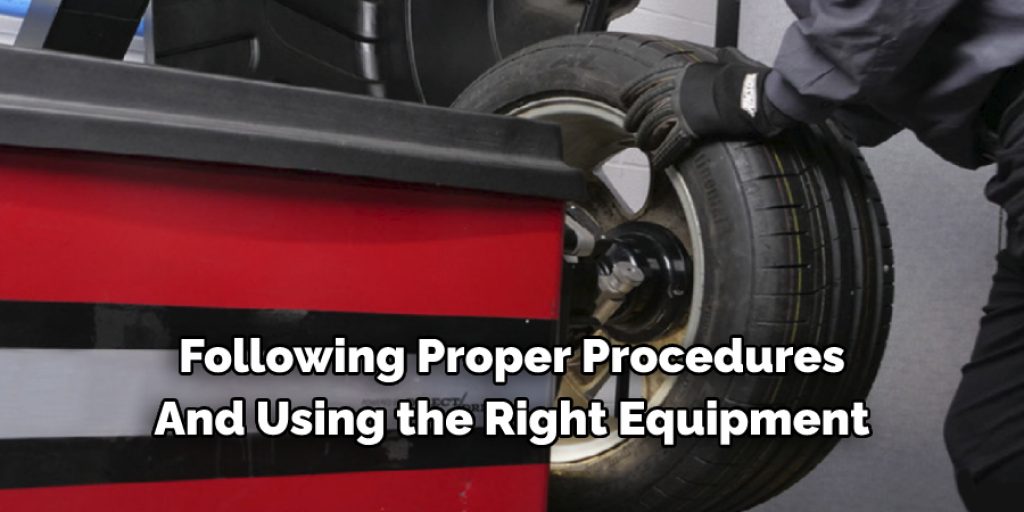
Conclusion
Balancing your own tires is a great way to save some money and time. Take the time to research and practice, or consult with a professional if you have specific questions. You will need the proper equipment and tire weights, as well as a jack and jack stands, so make sure to check you have all of these ready before starting.
It’s important to remember that failing to properly balance your tires can lead to potentially dangerous driving conditions. A balanced set of tires helps maintain traction on wet or slick surfaces, avoid vibrations through your car, and improve overall handling capabilities. With the right equipment and know-how, it’s easy to learn how to balance tires yourself!

